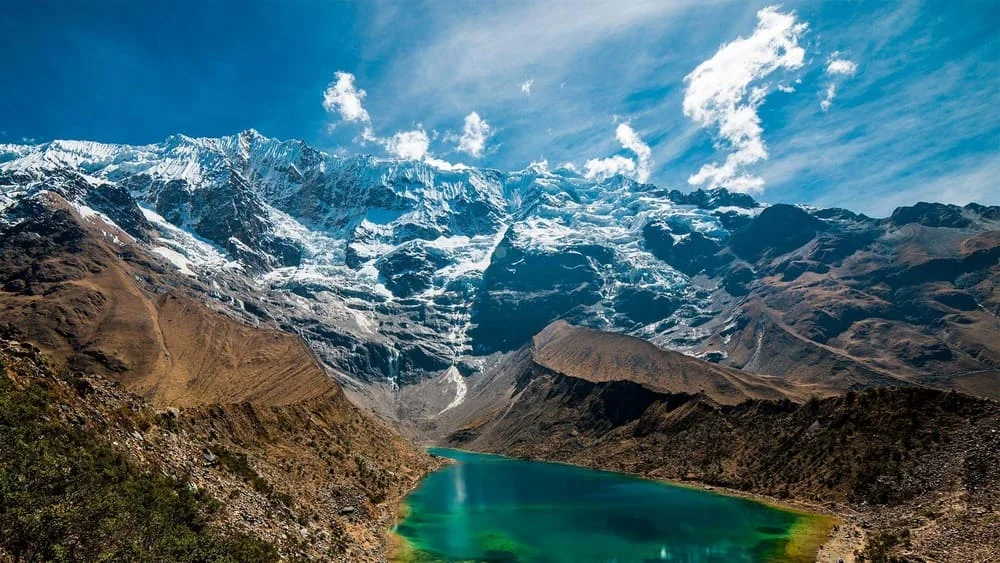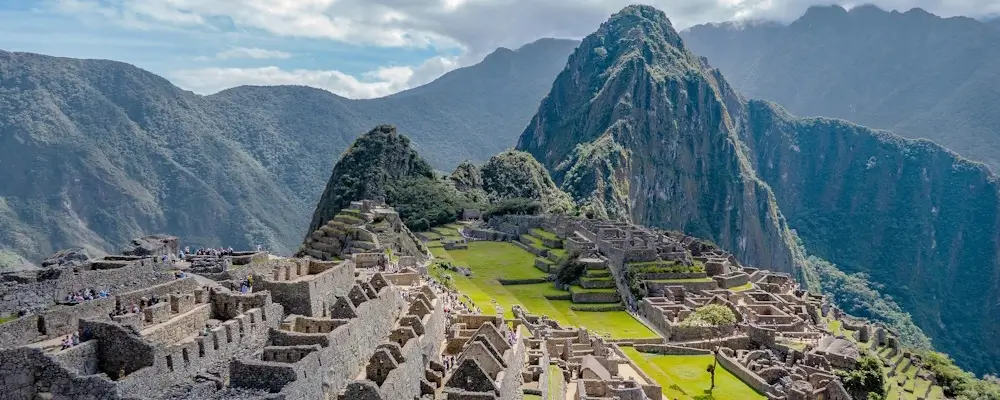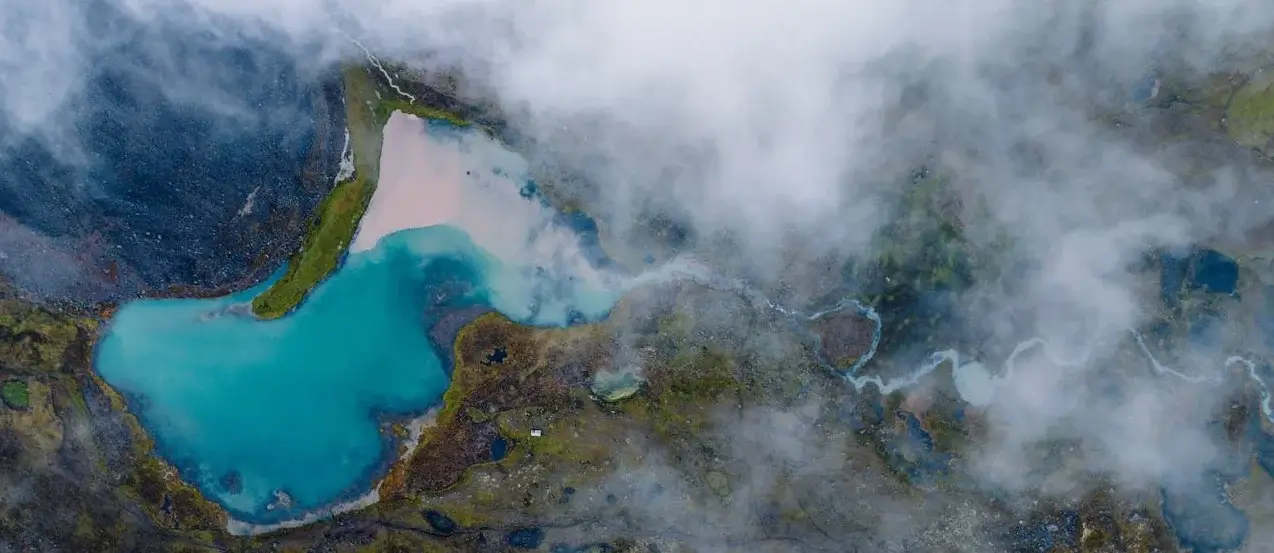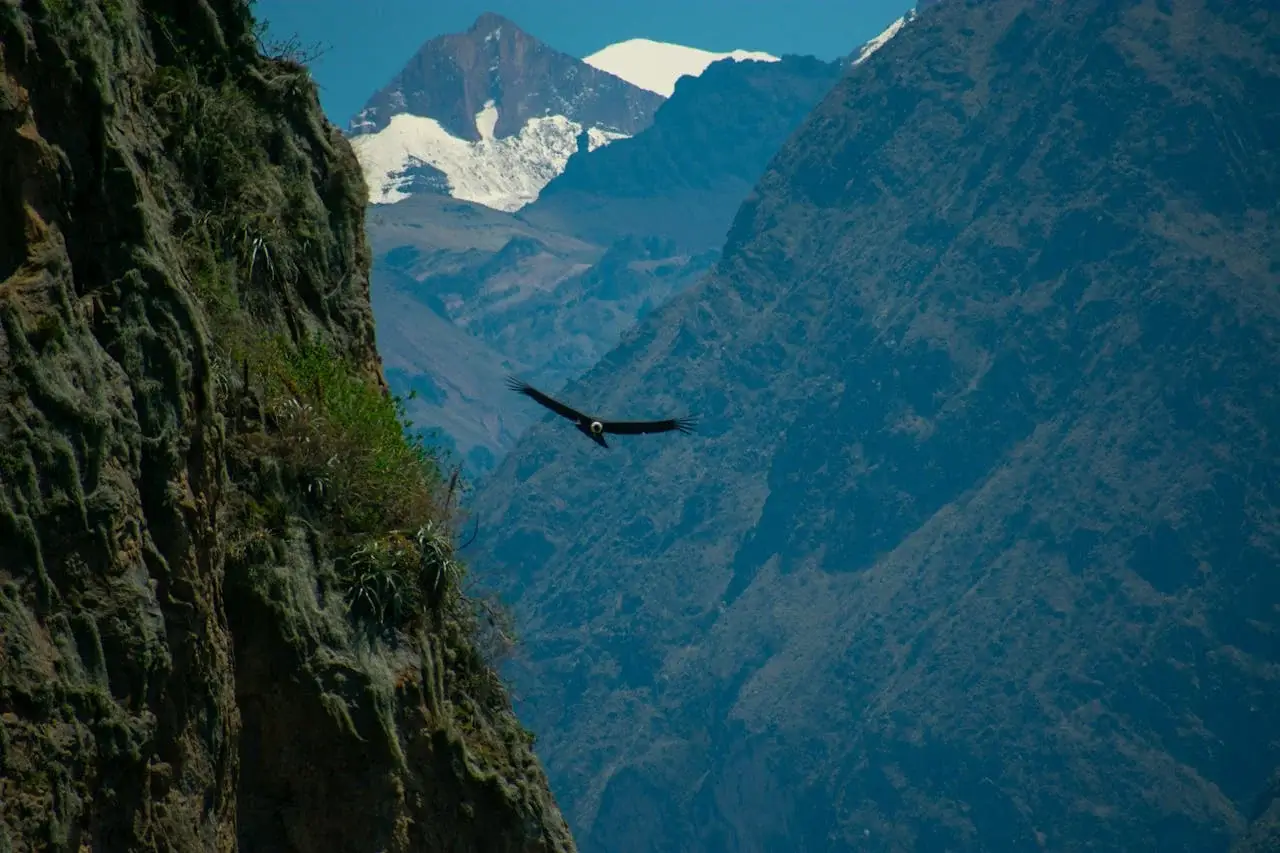Peru is one of the most biodiverse countries on Earth a land where the Andes meet the Amazon and ancient cultures thrive alongside vibrant modern traditions. But with growing visitor numbers, travelers today face a choice: Will tourism protect or harm these treasures?
That’s where sustainable travel in Peru comes in. By choosing eco-friendly activities, responsible operators, and community-based projects, you can explore Peru’s wonders while making a positive impact.
“Take only memories, leave only footprints.” – A principle of sustainable tourism
In this guide, we’ll uncover Peru’s best eco-friendly destinations, sustainable activities, and practical tips to help you travel consciously.
Why Choose Sustainable Travel in Peru?
Before diving into destinations, let’s understand why sustainability matters here.
- Cultural heritage at risk: Machu Picchu sees over a million visitors annually, raising concerns of overtourism.
- Biodiversity under pressure: Peru hosts 84 of the world’s 117 life zones, yet deforestation and climate change threaten many species.
- Local communities benefit: Responsible tourism provides fair wages, preserves traditions, and reduces migration from rural areas.
- Takeaway: Every choice where you stay, what tours you join, what you eat has an impact. Sustainable travel helps preserve Peru’s wonders for future generations.
Looking for eco-conscious itineraries? Explore our Cusco and Sacred Valley tours designed with sustainability in mind.
Top Sustainable Destinations in Peru
Below are Peru’s most inspiring eco-friendly destinations. Each combines natural beauty, cultural depth, and opportunities to support sustainability.
Cusco & the Sacred Valley: Where Culture Meets Sustainability
Cusco, once the capital of the Inca Empire, is the gateway to many sustainable experiences.
- Eco-lodges & boutique stays: Many Sacred Valley lodges use renewable energy, organic gardens, and water conservation systems.
- Community-based projects: Villages like Chinchero and Huilloc offer weaving workshops, farm-to-table meals, and homestays.
- Sustainable trekking: The Lares Trek and Salkantay Trek provide alternatives to the crowded Inca Trail.
| Activity | Sustainability Impact | Traveler Benefit |
|---|---|---|
| Community homestay in Chinchero | Supports local economy | Cultural immersion |
| Eco-lodge stay in Sacred Valley | Renewable energy & organic farming | Comfortable eco-luxury |
| Alternative treks | Reduces overtourism at Machu Picchu | Unique routes & fewer crowds |
Machu Picchu: A Model for Responsible Tourism
Machu Picchu is Peru’s crown jewel and a UNESCO World Heritage site under constant conservation.
- Visitor limits: Ticket quotas help protect fragile ruins.
- Circular routes: Introduced to reduce erosion.
- Certified guides: Enhance learning while ensuring compliance with preservation rules.
- Pro Tip: Choose morning or late afternoon entry slots to avoid peak crowds and reduce your impact.
Secure your Machu Picchu tickets through an operator that prioritizes sustainability.
Lake Titicaca: Living Traditions on the Water
On the border of Peru and Bolivia lies Lake Titicaca, the highest navigable lake in the world.
- Uros floating islands: Built from totora reeds, these islands showcase traditional lifestyles.
- Taquile Island: Known for UNESCO-recognized textiles and community-managed tourism.
- Homestays: Stay with a family to directly support local livelihoods.
- Soft CTA: Experience authentic culture with our Lake Titicaca community tours.
Amazon Rainforest: Conservation & Adventure
The Peruvian Amazon is a paradise of biodiversity and a fragile ecosystem.
- Eco-lodges: Like those in Tambopata and Iquitos, built with sustainable materials, solar power, and community ownership.
- Wildlife tours: Certified guides ensure observation without harm.
- Reforestation projects: Some tours include tree planting to offset carbon footprints.
- Fast Fact: The Amazon covers 60% of Peru’s territory yet tourism only reaches small, controlled areas.
Explore our Amazon Rainforest lodges for a low-impact jungle adventure.
Arequipa & Colca Canyon: Preserving Andean Landscapes
Nicknamed the White City, Arequipa blends colonial charm with natural wonders.
- Colca Canyon treks: Support rural guides and offer chances to spot the Andean condor.
- Agro-tourism: Learn about traditional quinoa and potato farming.
- Sustainable gastronomy: Arequipa’s food scene highlights farm-to-table practices.
Join our Colca Canyon tours to combine nature, culture, and sustainability.
Huaraz & the Cordillera Blanca: Eco-Trekking at High Altitude
Huaraz is Peru’s trekking capital yet sustainability is essential in these fragile ecosystems.
- Huascarán National Park: A UNESCO Biosphere Reserve protecting glaciers and highland lakes.
- Eco-trekking principles: Carry reusable bottles, pack out waste, and stay on marked trails.
- Guided hikes: Local guides bring income to mountain communities.
- Pro Tip: Opt for less crowded routes like Laguna 69 or Santa Cruz Trek.
Discover the best trekking experiences in Peru for responsible adventures.
Eco-Friendly Activities for Travelers in Peru
Not sure where to start? Here are practical sustainable activities across Peru:
- Sustainable trekking: Inca Trail, Salkantay, Choquequirao, Ausangate.
- Community homestays: Live with families in Puno, Sacred Valley, or the Andes.
- Wildlife observation: Birdwatching in Tambopata, condor-spotting in Colca Canyon.
- Farm-to-table gastronomy: Learn how to cook Peruvian staples using organic, local produce.
- Volunteering & impact projects: Join reforestation, education, or conservation initiatives.
Browse our tailor made eco-friendly tours in Peru for authentic, low-impact adventures.
Practical Tips for Responsible Travel in Peru
Traveling sustainably doesn’t mean giving up comfort it means making conscious choices.
- Stay green: Choose hotels with eco-certifications.
- Travel light: Pack reusable bottles, cutlery, and bags.
- Respect traditions: Ask before taking photos of people.
- Offset impact: Consider carbon offset programs.
- Go beyond hotspots: Visit lesser-known destinations like Choquequirao or Tarapoto.
According to the World Tourism Organization, over 70% of travelers prefer sustainable options when clearly offered.
Planning Your Sustainable Adventure with Andean Travel Experience
At Andean Travel Experience, sustainability is not a trend it’s a promise.
✅ Tailor-made itineraries designed with eco-lodges and local communities.
✅ Small group sizes to minimize impact.
✅ Resident guides with deep cultural knowledge.
✅ A commitment to preserving Peru’s heritage and biodiversity.
What is the best time for sustainable travel in Peru?
Dry season (May–September) is ideal for trekking, but shoulder months (April, October) help avoid peak crowds.
Is Machu Picchu sustainable to visit?
Yes visitor limits and conservation programs ensure its preservation if travelers follow rules.
How do I choose an eco-friendly operator?
Look for certifications, transparent practices, and community involvement.
Are there sustainable treks besides the Inca Trail?
Absolutely Choquequirao, Lares, Salkantay, and Ausangate are excellent options.
Sustainable travel in Peru is not about doing less it’s about doing better. From Cusco’s community lodges to the Amazon’s eco-lodges, every choice you make shapes the future of Peru’s landscapes and cultures.
“When you travel responsibly, you don’t just see Peru you help protect it.”
Ready to make your journey count?
Start planning your sustainable trip to Peru with Andean Travel Experience today and explore consciously, travel meaningfully, and leave a positive impact.




